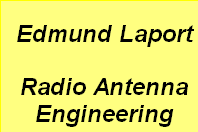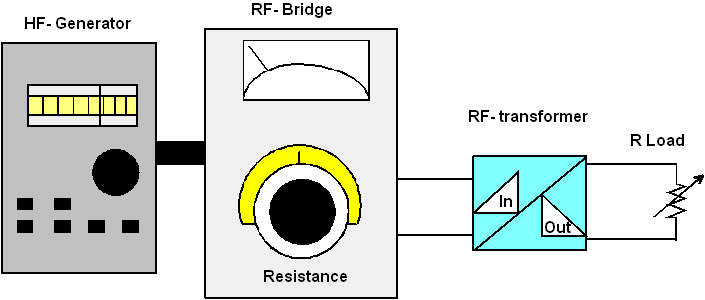

Antentop is FREE e-magazine devoted to Antennas and Amateur Radio an
Special page devoted to
Simple RF- Bridge: Design and Applications

Custom Search
|
ANTENTOP-
01- 2020, # 024
|
Simple RF- Bridge: Design and Applications |
|
|
|
|
It is very simple to use the device to test resistance
on RF of the desired circuit. At first, it needs a source of RF
power. It may be a QRP transmitter with power up to 5W. In this
case the output of the transmitter is connected to connector J1-
where a simple attenuator is installed. Alternatively, a low-power
(100 to 300- mW) RF source, such as an HF signal generator, can be applied
to connector J3. |
So, connect antenna directly to the J2 and do measurement
of the input impedance. If the antenna connected to the J2 via a
coaxial cable the RF- Bridge shows the impedance of the antenna
with influence on it the coaxial cable. However, the close the antenna
input impedance to the wave impedance of the coaxial cable the less
the influence on it the coaxial. Anyway the optimal way is do measurements
straight away on the antenna terminals.
The RF- Bridge may be used for test any circuit at RF. For example, with the help of the RF bridge it is possible to test home brew and commercial RF transformers. Figure 2 shows schematic of the test. |
|
|
|
|
Figure 2 RF Transformer Under the Test
|
|
|
|
|
|
Page- 95 |
|
94 95
 |
 |
|
 |
|
|
|||
Just for Fun:

Powered byIP2Location.com
Thanks for your time!
Last Updated:
April 26, 2020 12:57






